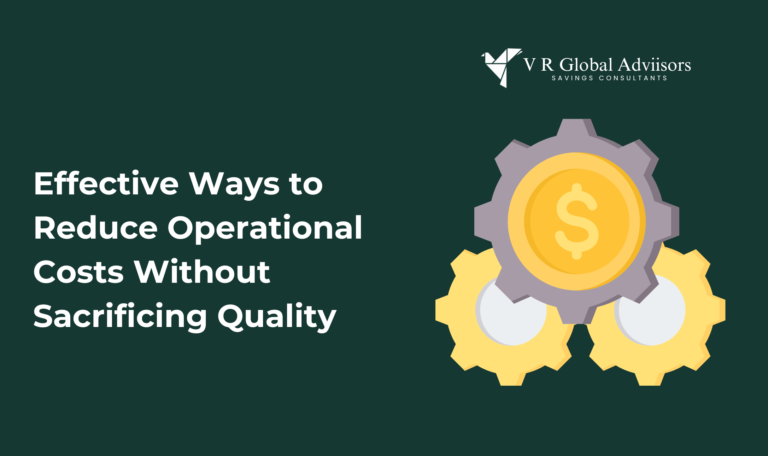Running a business often means balancing costs and ensuring profitability. However, many companies overlook hidden savings opportunities within their operations that can lead to significant financial benefits. Identifying these hidden savings can help streamline processes and boost your bottom line. Here’s how to uncover these opportunities in your business. 1. Audit Your Expenses Regularly Conducting a thorough audit of your expenses can help identify where your money is going and where it shouldn’t be. Break down every cost category—such as payroll, utilities, supplies, and subscriptions—and compare them against industry benchmarks. This will highlight areas where costs might be unnecessarily high. 2. Evaluate Supplier Contracts Review contracts with suppliers regularly to ensure you’re getting the best possible rates. Often, businesses become comfortable with long-term suppliers without realizing they could negotiate better deals or find more affordable alternatives. Tip: Don’t be afraid to ask for bulk discounts or renegotiate terms if your business has grown or your needs have changed. 3. Streamline Operations Through Automation Automating repetitive tasks like invoicing, payroll, or customer relationship management can reduce labor costs and minimize human error. Evaluate your current workflow to determine which processes can be digitized or automated to save time and money. Key Areas to Automate: Accounting Inventory management Client communication Payroll processing 4. Optimize Your Energy Usage Energy consumption is a common area where hidden savings can be found. Take steps to optimize energy usage, such as installing energy-efficient appliances, improving insulation, and adopting policies to minimize energy waste. Pro Tip: Conduct an energy audit to see where energy is being wasted and implement green practices that not only reduce costs but also boost sustainability. 5. Reassess Staffing and Productivity Analyze the efficiency of your workforce to determine if your staffing levels are appropriate. Overstaffing can inflate payroll, while understaffing can lead to burnout and decreased productivity. Consider whether any roles can be consolidated or outsourced to reduce labor costs without sacrificing quality. 6. Identify Tax Savings Opportunities Many businesses miss out on tax deductions or credits they qualify for, which can lead to significant lost savings. Working with a tax advisor can help you uncover hidden tax breaks, such as R&D tax credits, employee retention credits, and industry-specific deductions. Areas to Explore: Research & Development (R&D) credits Energy-efficient property credits Hiring and training incentives 7. Minimize Inventory Costs Excess inventory ties up valuable cash flow, while too little inventory can result in lost sales. Implementing a just-in-time inventory system or adopting demand forecasting tools can help you maintain the right balance, minimizing storage costs and preventing overstock. Quick Tip: Regularly review and adjust your inventory strategy to align with current demand. 8. Consolidate Business Tools Many businesses use multiple software tools to manage operations, which can create unnecessary costs. Look for integrated solutions that can handle multiple functions, such as an all-in-one project management or accounting platform, to reduce subscriptions and streamline workflows. 9. Reduce Waste in Production Processes In industries like manufacturing, reducing waste in production can yield substantial savings. Implement lean manufacturing practices, which focus on minimizing waste and improving efficiency, to uncover savings in materials, time, and labor. 10. Analyze Your Profit Margins Regularly review your profit margins on products or services to identify where you can adjust pricing or cut production costs. Low-margin products may be eating into your profits, and adjusting prices or finding more cost-efficient production methods can help reclaim those losses. Conclusion Hidden savings in your business operations can have a significant impact on your profitability and long-term growth. By regularly auditing your expenses, optimizing your workflows, and exploring tax savings, you can uncover cost-saving opportunities and make your business more efficient. Start small, and over time, these savings will accumulate and improve your financial health.






